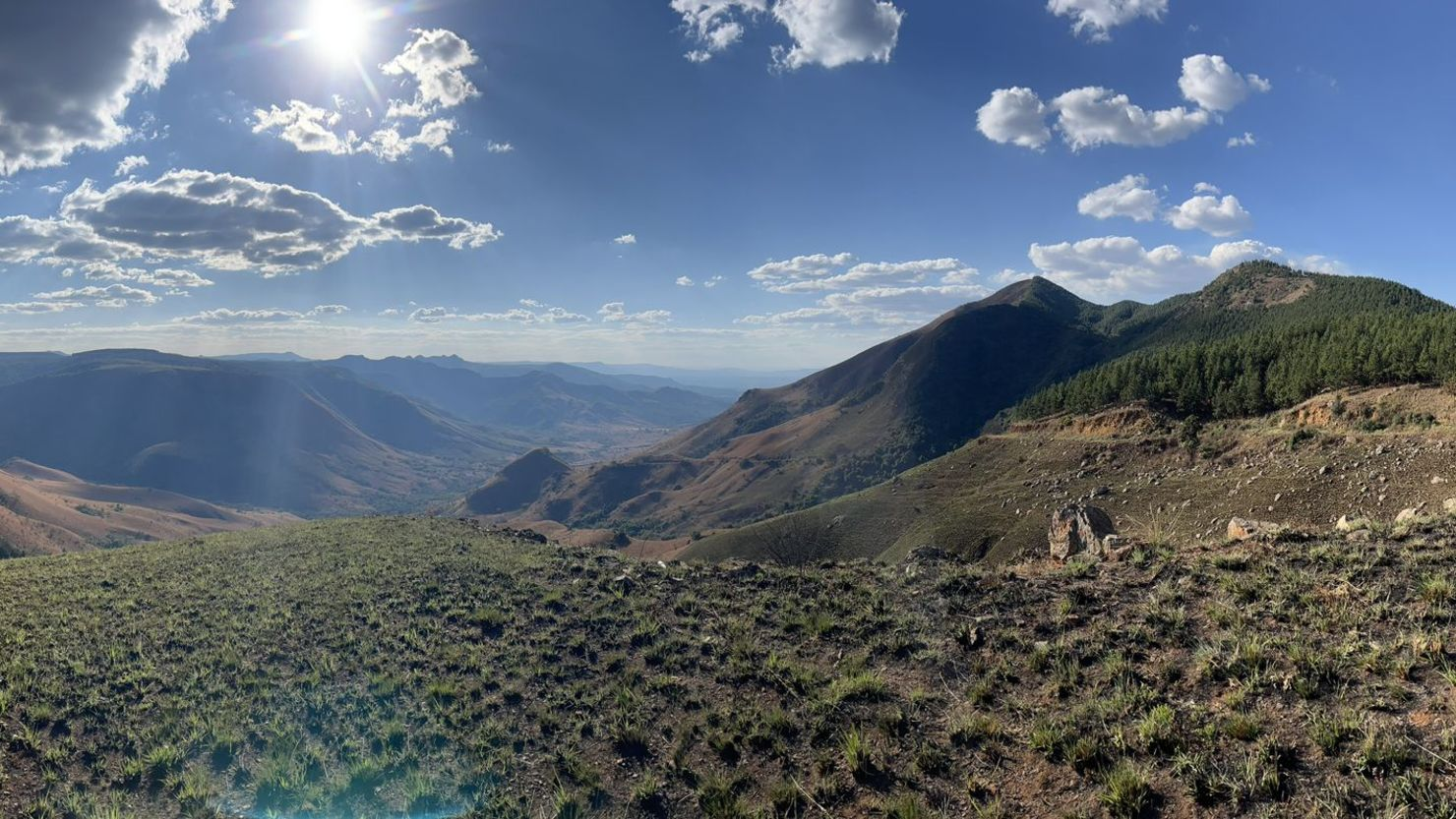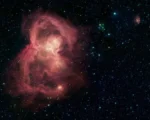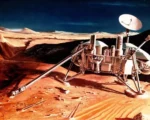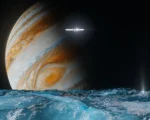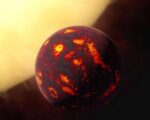A colossal meteorite impact, roughly the size of four Mount Everests, struck Earth over 3 billion years ago, potentially serving as a “fertilizer bomb” that nourished the planet’s earliest life forms. This insight comes from new research led by Nadja Drabon, an assistant professor of Earth and planetary sciences at Harvard University, and published in the Proceedings of the National Academy of Sciences.
Impact Details
Typically, large asteroid impacts are associated with mass extinctions, such as the one that led to the demise of the dinosaurs 66 million years ago. However, the S2 meteorite, estimated to have 50 to 200 times the mass of the Chicxulub asteroid, collided with Earth 3.26 billion years ago, at a time when the planet was predominantly covered by oceans and inhabited by single-celled organisms.
Drabon notes that before the S2 impact, the oceans were “biological deserts,” lacking nutrients necessary for life. The collision led to significant geological changes, enriching the environment with essential nutrients.
Geological Exploration
Drabon and her team studied the Barberton Makhonjwa Mountains in South Africa, a region rich in geological evidence of ancient impact events. They focused on identifying tiny impact particles known as spherules, which formed during meteorite strikes. By analyzing these spherules and the surrounding rock layers, the researchers reconstructed the environmental conditions following the S2 impact.
Drabon described the scene, stating:
“Picture yourself standing off the coast of Cape Cod, in a shelf of shallow water… then all of a sudden, you have a giant tsunami sweeping by and ripping up the seafloor.”
Tsunami and Nutrient Enrichment
The S2 meteorite, measuring between 23 and 36 miles (37 and 58 kilometers) in diameter, unleashed waves of destruction that included a massive tsunami. The heat from the impact caused the upper layer of the ocean to boil, evaporating water and forming salts. The darkened skies, filled with dust from the impact, disrupted photosynthesis in marine microorganisms, temporarily hindering life on the surface.
However, the deep ocean benefited from this upheaval. The tsunami stirred up iron and other nutrients, while erosion released phosphorus from the meteorite. This surge of nutrients was crucial for the survival and proliferation of single-celled organisms that thrived in the post-impact environment.
Drabon noted:
“The impact released essential nutrients, such as phosphorus, on a global scale. A student aptly called this impact a ‘fertilizer bomb.’”
Comparison with Chicxulub Impact
While both the S2 and Chicxulub impacts caused significant disruptions to life, their effects varied due to the size of the impacting bodies and the stage of Earth’s development at the time. The Chicxulub impact released sulfur into the atmosphere, leading to a dramatic drop in surface temperatures and a longer recovery period for marine life. In contrast, the S2 impact created conditions that allowed life to bounce back more rapidly, as the oceans filled back in and dust settled.
Drabon explained:
“Life during the time of the S2 impact was much simpler… you might eliminate 99.9% of bacteria, but by evening, they have returned.”
Future Research Directions
The findings from the Barberton Makhonjwa Mountains are opening new avenues for understanding Earth’s history of impacts and their role in the evolution of life. Ben Weiss, a professor of Earth and planetary sciences at MIT, emphasized the significance of these observations, stating that they provide insights into the global effects of ancient impacts.
Drabon and her team aim to explore how common such environmental changes and biological responses were after other ancient impacts, analyzing how both positive and negative effects shaped the early stages of life on Earth.
Conclusion
The S2 meteorite’s impact, rather than being solely catastrophic, may have played a pivotal role in nurturing early life by enriching the oceans with vital nutrients. This research enhances our understanding of the complex interactions between extraterrestrial events and the evolution of life on our planet.


